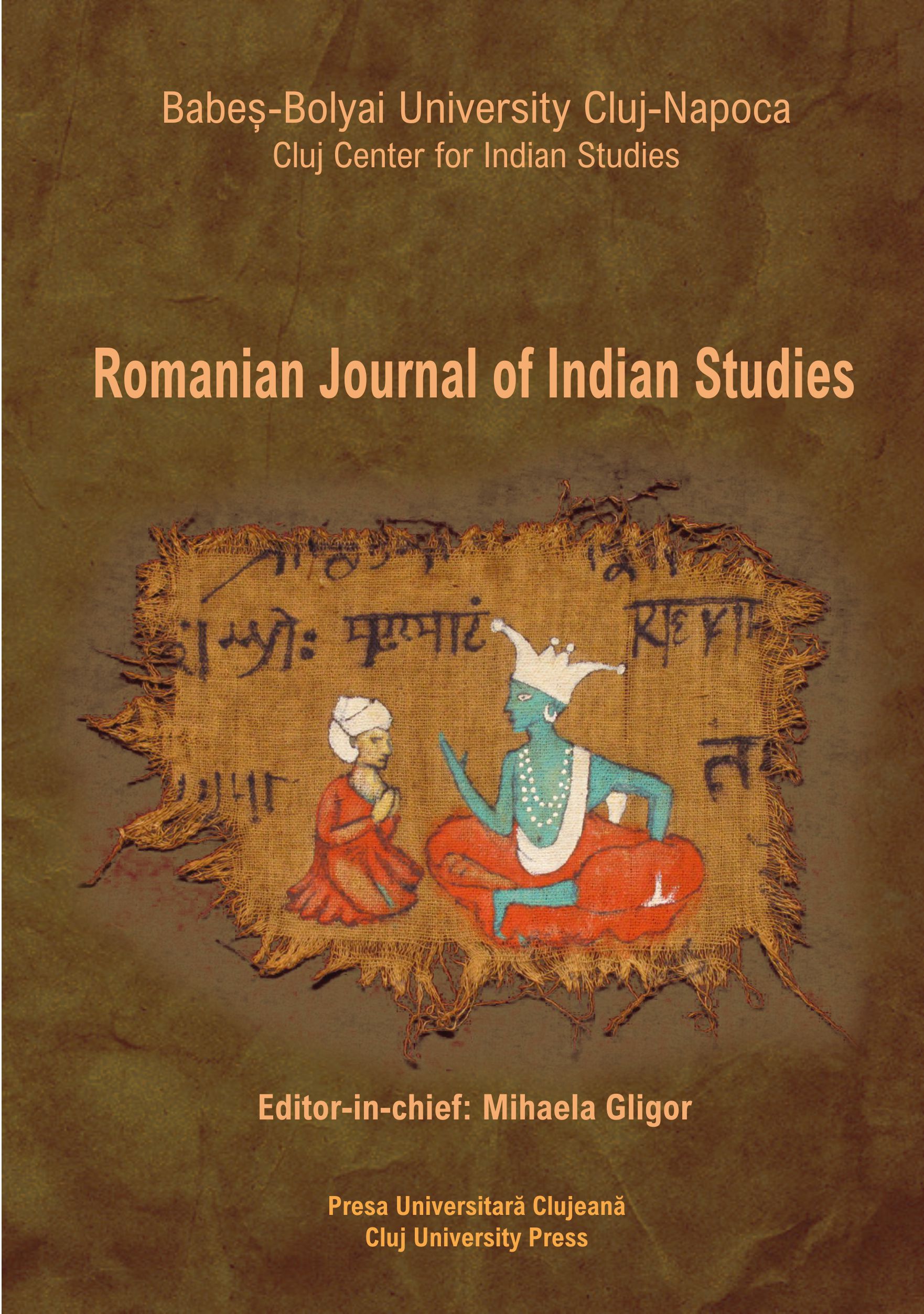The “Slave of God” from Southern India. Origin, Development and Decay of Devadasi System
The “Slave of God” from Southern India. Origin, Development and Decay of Devadasi System
Author(s): Alexandra-Iulia NucSubject(s): Cultural history, Poetry, Anthology, Gender history, Ancient World, Indian Philosophy, Philosophy of Religion, Drama, Source Material
Published by: Presa Universitara Clujeana
Keywords: servant; dance; Hindu temple; social status; sources;
Summary/Abstract: In this paper, I tried to make a presentation about the origin, growth and decline of the institution of temple girls. Devadasis were women who were dedicated to the particular temple deity or any specific symbol. A devadasi was considered nitya sumangali, a woman eternally free from the adversity of widowhood as she was married to God and married forever. She was married to a deity or god, but that did not mean that she had to live her life without the normal pleasures of sex and childbearing. In medieval times, she was a respected member of the society. These devadasis were performed ritualistic and non-ritualistic performances until 17th century, when devadasis were moving away from the temples into the secular spaces. Now they were no longer confined to the temples and by 18th century, the distinction between the devadasi and the prostitute becomes blurred. The bibliography to which I had access clearly shows a transformation of the role of the system in Hindu society, a role that I tried to capture in the following pages.
Journal: ROMANIAN JOURNAL OF INDIAN STUDIES
- Issue Year: 1/2020
- Issue No: 1
- Page Range: 115-140
- Page Count: 25
- Language: English

